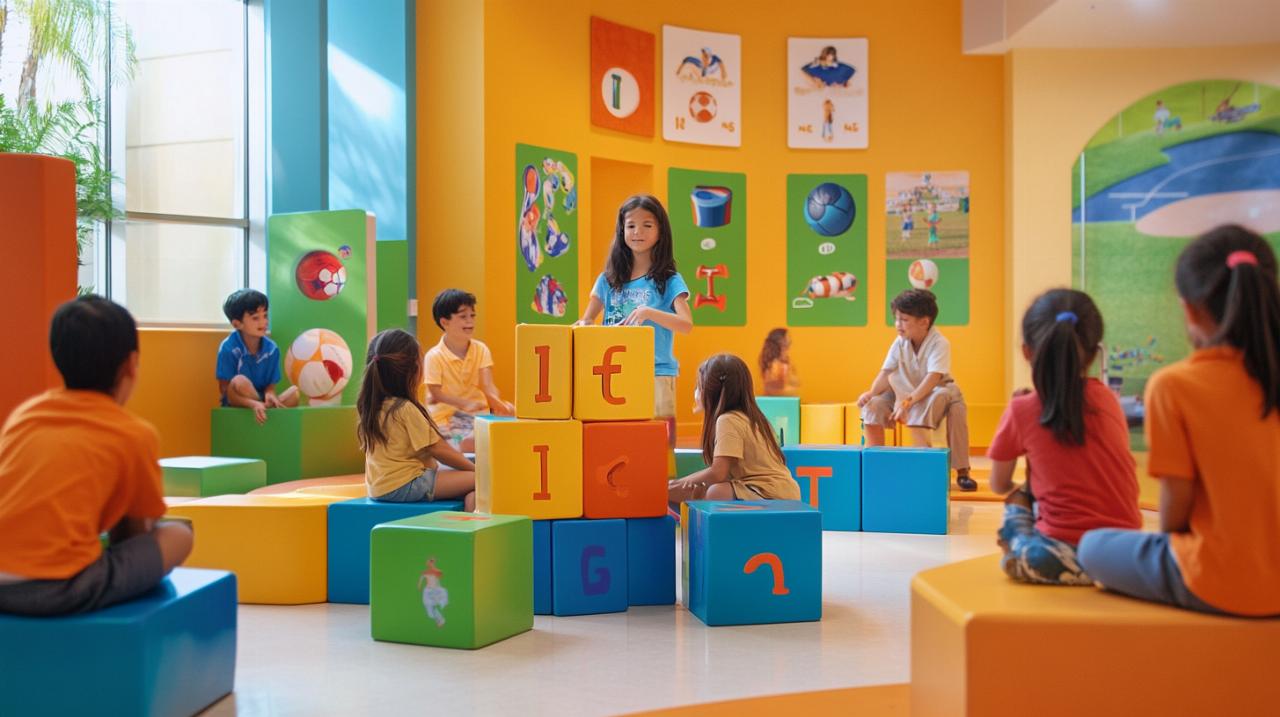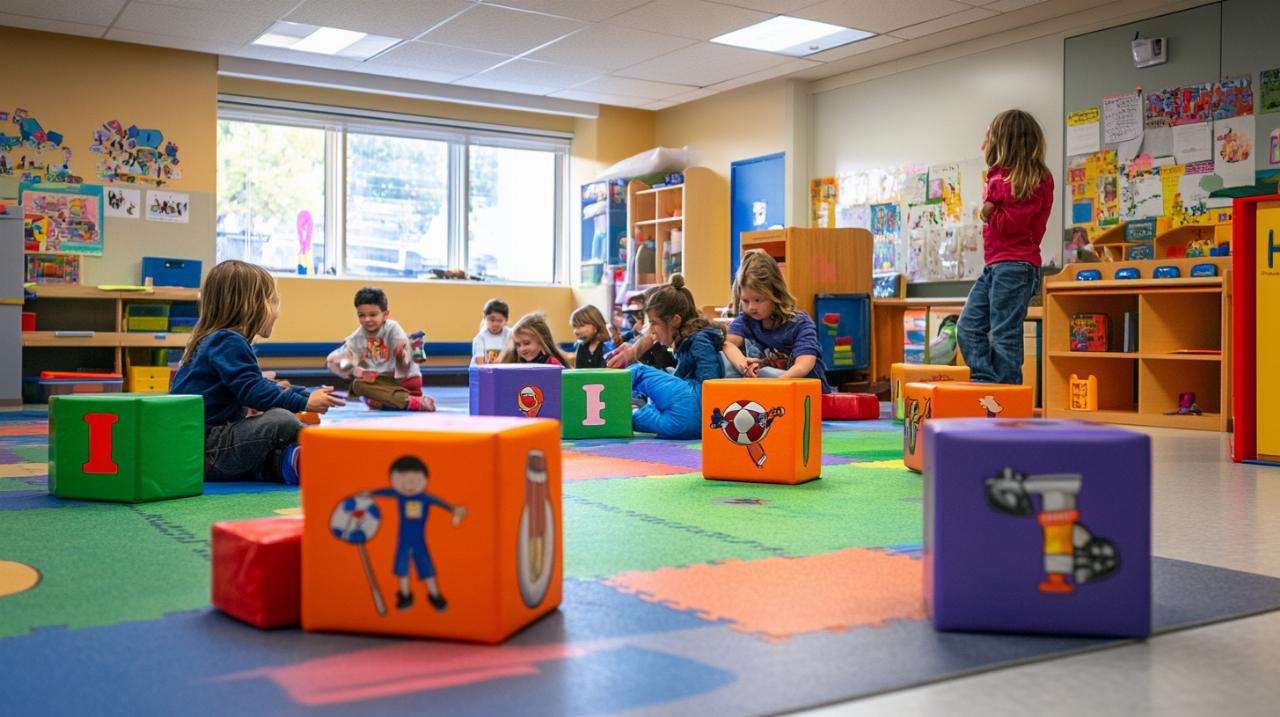From the thrill of gliding across frozen surfaces to the adrenaline rush of scaling indoor walls, sports beginning with the letter I offer a diverse range of physical activities that cater to enthusiasts of all ages and skill levels. Whether you're seeking team camaraderie, individual challenge, or simply a fun way to stay active, these sports provide unique experiences that combine fitness, coordination, and stress reduction. This comprehensive guide explores the most popular and engaging sports starting with I, delving into their characteristics, benefits, and what makes each one special for participants and spectators alike.
Ice sports: thrilling activities on frozen surfaces
The world of ice sports captivates millions with its unique blend of grace, speed, and technical prowess. These activities take place on frozen surfaces, demanding specialized equipment and skills that set them apart from their land-based counterparts. The crisp environment and smooth gliding motion create an exhilarating experience that attracts both recreational participants and elite athletes seeking Olympic glory.
Ice hockey: fast-paced action and team strategy
Ice hockey stands as one of the most physically demanding and strategically complex team sports played on frozen surfaces. Players equipped with sticks maneuver across the ice at remarkable speeds, working collaboratively to propel a hard rubber puck into the opposing team's net. The sport demands exceptional fitness levels, as participants must maintain intense bursts of activity while navigating the slippery surface. What makes ice hockey particularly captivating is the combination of individual skill and team coordination required for success. Players must anticipate movements, execute precise passes, and make split-second decisions whilst contending with physical challenges from opponents. The fast-paced nature of the game keeps spectators on the edge of their seats, as momentum can shift dramatically within moments. Beyond the professional leagues that draw massive audiences, ice hockey serves as an excellent physical activity for developing cardiovascular endurance, strength, and tactical thinking.
Ice skating: from leisurely glides to competitive excellence
Ice skating offers remarkable versatility, accommodating everyone from casual participants enjoying a leisurely afternoon to world-class athletes performing at prestigious competitions like the Olympic Games. The fundamental activity involves gliding across frozen surfaces using specialized boots fitted with metal blades. For recreational skaters, the experience provides a delightful way to enjoy winter months whilst improving balance and coordination. The gentle motion across the ice creates a meditative quality that many find relaxing and rejuvenating. Competitive ice skating, however, transforms this simple pleasure into a demanding sport requiring years of dedicated training. Figure skaters combine athleticism with artistry, executing complex jumps, spins, and choreographed routines that showcase both technical mastery and creative expression. Speed skating, by contrast, focuses purely on velocity, with athletes racing around oval tracks in pursuit of record-breaking times. Regardless of the approach, ice skating delivers substantial fitness benefits, strengthening leg muscles, enhancing core stability, and improving overall cardiovascular health whilst providing an enjoyable physical activity suitable for all ages.
Indoor variations of classic outdoor sports
The evolution of traditional outdoor games into indoor formats has revolutionized participation by eliminating weather constraints and creating year-round opportunities for engagement. These adaptations maintain the essential spirit of their parent sports whilst introducing modifications suited to enclosed environments. The controlled conditions of indoor facilities allow for consistent playing surfaces and predictable environments that enhance skill development.
Indoor cricket: weather-proof fun in sports halls
Indoor cricket emerged as a clever solution to the perennial British problem of rain interrupting outdoor matches. This variation transforms the traditional summer game into an activity that can be enjoyed regardless of meteorological conditions. Typically played in sports halls or specialized nets, indoor cricket condenses the expansive outdoor format into a more compact, fast-paced version that emphasizes quick reflexes and precision. The enclosed environment accelerates the pace of play, as the ball ricochets off walls and netting, creating additional challenges for fielders and batsmen alike. Teams often consist of fewer players than conventional cricket, making indoor cricket an accessible option for smaller groups or those seeking a more intimate sporting experience. The format proves particularly valuable during winter months when outdoor pitches become waterlogged or frozen, ensuring that cricket enthusiasts can maintain their skills and fitness throughout the year. Sports halls across the country now host indoor cricket leagues and casual sessions, providing communities with excellent facilities for this weather-proof adaptation that preserves the competitive spirit whilst offering convenient accessibility.
Indoor football (futsal): five-a-side skill development
Indoor football, commonly known as futsal, has gained tremendous popularity as a five-a-side version played on hard courts within enclosed spaces. This variation places greater emphasis on technical ability, close ball control, and quick decision-making compared to its outdoor counterpart. The smaller playing area and reduced team size mean that each player touches the ball more frequently, accelerating skill development and tactical awareness. Futsal uses a slightly heavier ball with less bounce, encouraging players to keep possession on the ground and develop intricate passing sequences. The hard court surface rewards precise footwork and punishes poor technique, making futsal an invaluable training tool for footballers of all levels. Many professional outdoor players credit futsal with developing their close control and creative flair. Beyond skill enhancement, indoor football provides brilliant physical activity that improves cardiovascular fitness, agility, and coordination. The fast-paced nature ensures participants maintain high intensity throughout matches, delivering excellent exercise benefits. Community centers, leisure facilities, and dedicated futsal venues across the country now offer regular sessions, making this dynamic sport accessible to players seeking weather-independent football that sharpens abilities whilst providing energetic recreation.
Adventure and fitness through indoor rock climbing
 Indoor rock climbing has transformed from a training alternative for mountaineers into a standalone sport that attracts thousands of enthusiasts who may never venture onto natural rock faces. Specialized climbing centers feature artificial walls equipped with colorful holds that simulate various climbing challenges. This controlled environment allows participants to develop technique, build strength, and test their limits without the unpredictability and dangers associated with outdoor climbing.
Indoor rock climbing has transformed from a training alternative for mountaineers into a standalone sport that attracts thousands of enthusiasts who may never venture onto natural rock faces. Specialized climbing centers feature artificial walls equipped with colorful holds that simulate various climbing challenges. This controlled environment allows participants to develop technique, build strength, and test their limits without the unpredictability and dangers associated with outdoor climbing.
Mastering artificial walls: technique and safety equipment
Indoor rock climbing facilities offer walls of varying heights and difficulty levels, accommodating everyone from complete beginners to advanced climbers tackling overhanging routes that defy gravity. Participants use ropes, harnesses, and other safety equipment to protect against falls, ensuring that the activity remains secure whilst still providing genuine physical and mental challenges. The artificial holds come in countless shapes and sizes, requiring climbers to employ diverse gripping techniques and body positions to progress upward. Routes are typically color-coded by difficulty, allowing individuals to select appropriate challenges and track their progression over time. Proper warming up before climbing sessions proves essential, as the activity demands significant strength from fingers, arms, and core muscles. Climbing centers employ trained staff who instruct newcomers on proper safety equipment usage, belaying techniques, and fundamental movement principles. The social atmosphere of these facilities creates a supportive community where climbers encourage one another and share techniques, transforming what might seem an intimidating individual pursuit into an inclusive group activity that welcomes participants of all backgrounds and abilities.
Physical Benefits and Mental Challenges of Indoor Climbing
Beyond the obvious physical demands, indoor rock climbing offers remarkable benefits for both body and mind that distinguish it from conventional gym activities. The sport develops functional strength across the entire body, particularly enhancing grip strength, shoulder stability, and core control. Unlike repetitive exercises on machines, climbing presents constantly varied movements that engage muscles in natural, coordinated patterns. Participants develop exceptional body awareness as they learn to position themselves efficiently on the wall, distributing weight strategically and moving with fluid precision. The mental dimension of climbing proves equally significant, as each route presents a puzzle requiring problem-solving skills and strategic planning. Climbers must read the wall, anticipate sequences, and overcome fear whilst maintaining focus and determination. This combination of physical exertion and mental engagement promotes stress reduction, as participants become fully absorbed in the immediate challenge, leaving behind daily worries. Regular climbing sessions deliver substantial fitness improvements, including increased muscular endurance, improved flexibility, and enhanced coordination. The tangible progression as climbers master increasingly difficult routes provides tremendous satisfaction and builds confidence that extends beyond the climbing wall into other life areas, making this activity a truly holistic pursuit for personal development.
Inline skating: rolling fun for all ages
Inline skating represents the wheeled cousin of ice skating, offering similar gliding motion and freedom of movement without requiring frozen surfaces. This versatile activity can be enjoyed on pavements, dedicated skating paths, or specialized parks designed with ramps and obstacles for more adventurous participants. The accessibility and relatively low cost of entry have made inline skating a popular choice for families and individuals seeking outdoor recreation.
Getting Started with Inline Skates: Essential Kit and Techniques
Embarking on an inline skating journey requires appropriate equipment to ensure safety and enjoyment. Quality inline skates feature a single line of wheels beneath each boot, typically ranging from three to five wheels depending on the intended use. Recreational skates prioritize comfort and stability, whilst fitness and speed skates sacrifice some comfort for enhanced performance. Beyond the skates themselves, safety equipment plays a crucial role in protecting participants as they develop their skills. Helmets guard against head injuries, whilst wrist guards, elbow pads, and knee pads cushion the inevitable tumbles that occur during the learning process. New skaters should begin on smooth, flat surfaces away from traffic and obstacles, gradually building confidence and balance before attempting more challenging terrain. Basic techniques include learning to push off effectively, maintaining proper posture with knees slightly bent, and mastering stopping methods such as the heel brake or T-stop. Taking time to warm up properly before skating sessions helps prevent muscle strains and prepares the body for the dynamic movements involved in this rolling activity.
Inline Skating as Exercise and Recreation
Inline skating delivers exceptional fitness benefits whilst providing enjoyable recreation that hardly feels like exercise. The smooth gliding motion offers a low-impact cardiovascular workout that strengthens leg muscles, particularly the quadriceps, hamstrings, and gluteal groups. Core muscles work constantly to maintain balance and stability, contributing to improved posture and abdominal strength. Regular skating sessions enhance coordination and balance, skills that translate beneficially into daily life and other sporting activities. The aerobic nature of sustained skating elevates heart rate and improves cardiovascular health, burning substantial calories whilst being gentler on joints than high-impact activities like running. Beyond physical benefits, inline skating offers mental rewards through stress reduction and the simple pleasure of movement and exploration. Skating through parks, along waterfronts, or through scenic routes provides opportunities to discover destinations whilst engaging in healthy activity. The social dimension adds further appeal, as skating groups and clubs create communities of enthusiasts who organize group outings, share techniques, and support one another's progression. Whether pursued as serious fitness training or casual weekend recreation, inline skating accommodates diverse goals and abilities, making it an enduring favorite amongst those seeking active outdoor pursuits that combine exercise with genuine enjoyment.





